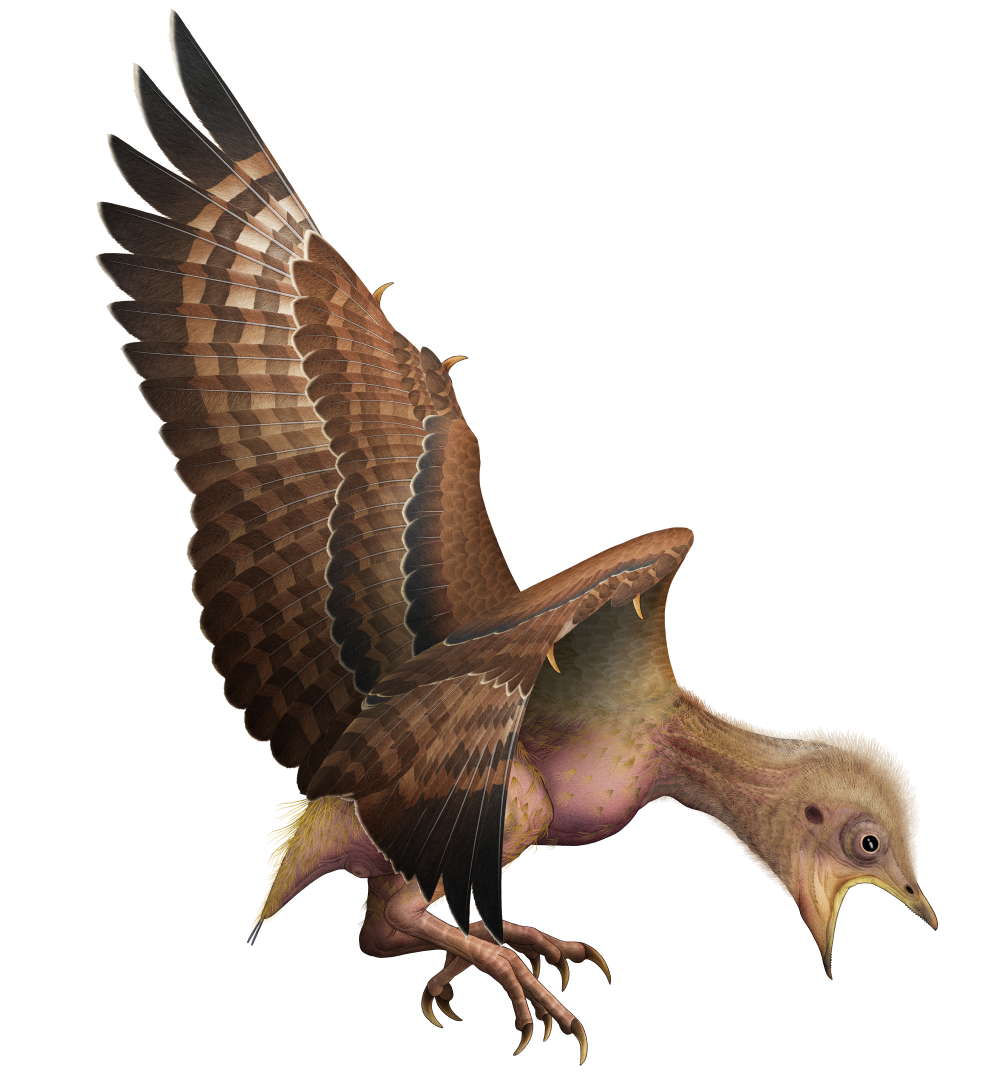They say dinosaurs live on in the form of modern birds, but why was it that some of their relatives survived while this mighty animal group perished? Scientists believe a rare discovery may hold clues, as they describe a pinch of juvenile feathers that belonged to a baby bird of an extinct species.
The Ugly Duckling holds true for a lot of bird species, some of whom come out of the egg with straggly juvenile feathers while others turf up bald as a coot (ironically coot chicks are actually born with their feathers, the saying comes from a white dome on their heads). What decides whether a chick comes out bald or with feathers is whether they’re altricial or precocial.
Altricial birds hatch naked and helpless, but what these meatballs lack in fluff they make up for in sitting beneath their parents. Having no feathers makes it easier for them to steal body heat, but it also creates dependency. Precocial birds, on the other hand, are pretty much good to go, hatching with juvenile feathers that mean birds like coots can head for the water almost immediately after hatching.
Both altricial and precocial birds will molt their feathers, but they adopt different strategies: altricial birds dump theirs all in one go in a simultaneous molt, leaning on the warmth of their parents for the interim period, while precocial birds adopt a more gradual process that drops feathers over time, keeping a steady supply of feathers.

An illustration of what the Enantiornithine bird might have looked like when it hatched.
Image credit: Yu Chen and Shundong Bi
The rare feathers locked in amber described in a new study is the first definitive fossil evidence of juvenile molting – but interestingly, the baby bird’s life history doesn’t match the pattern of any birds we see today.
“This specimen shows a totally bizarre combination of precocial and altricial characteristics,” said Jingmai O’Connor, associate curator of fossil reptiles at Chicago’s Field Museum, in a statement. “All the body feathers are basically at the exact same stage in development, so this means that all the feathers started growing simultaneously, or near simultaneously.”
It’s thought the baby bird belonged to a group of extinct animals called the Enantiornithines, which were highly precocial even if their juvenile feathers tell a different story. It’s possible that the mismatch of molting approaches could be what led to this group’s ultimate downfall and extinction.
“Enantiornithines were the most diverse group of birds in the Cretaceous, but they went extinct along with all the other non-avian dinosaurs,” said O’Connor. “When the asteroid hit, global temperatures would have plummeted and resources would have become scarce, so not only would these birds have even higher energy demands to stay warm, but they didn’t have the resources to meet them.”
The study is published in the journal Cretaceous Research.
Source Link: Extinct Bird’s Baby Feathers Found Locked In 99-Million-Year-Old Amber